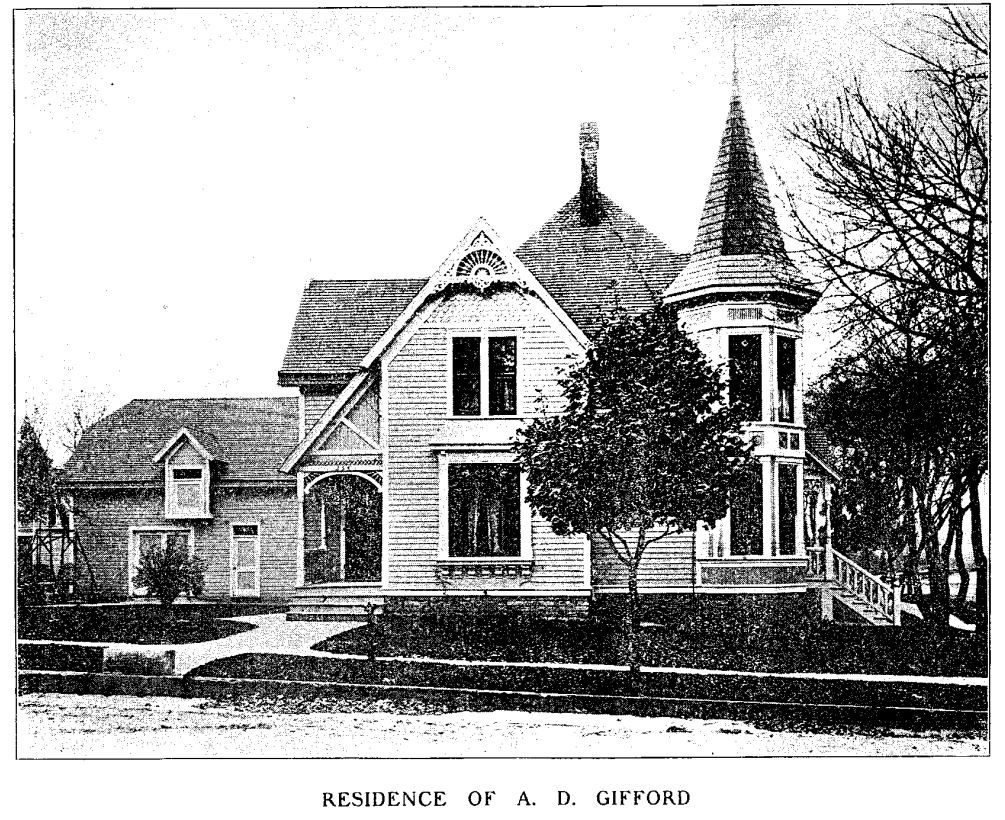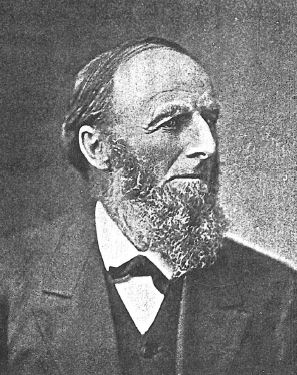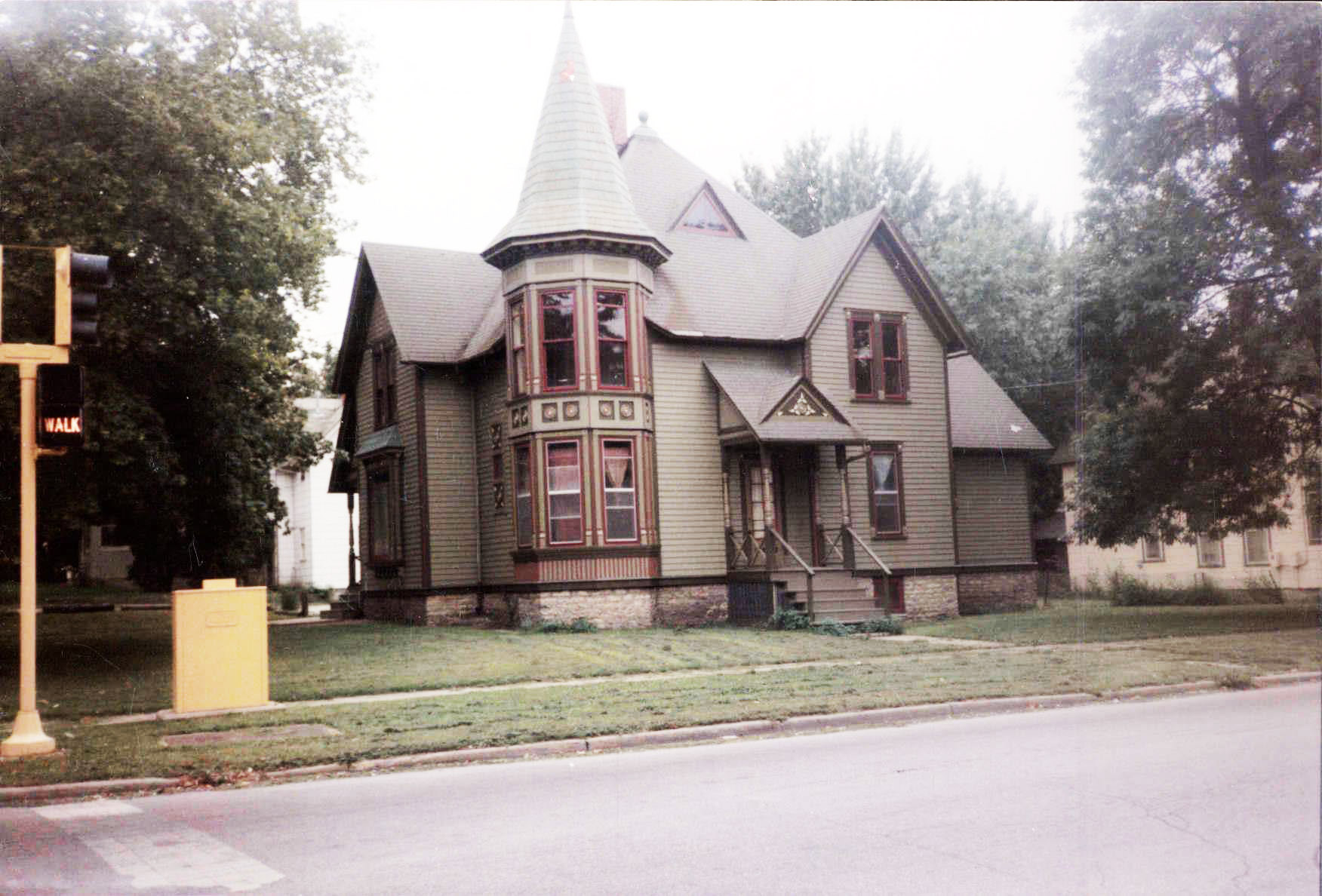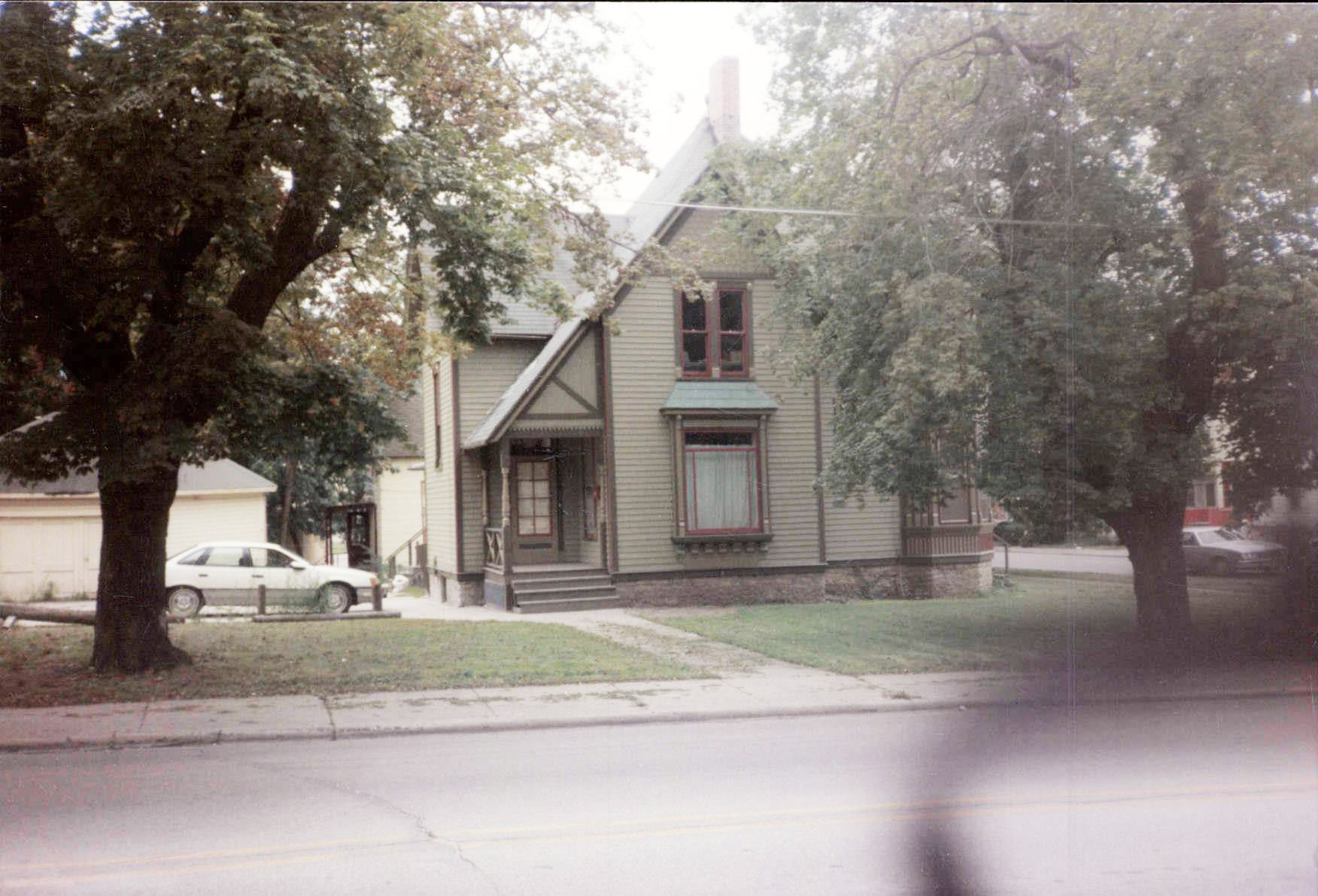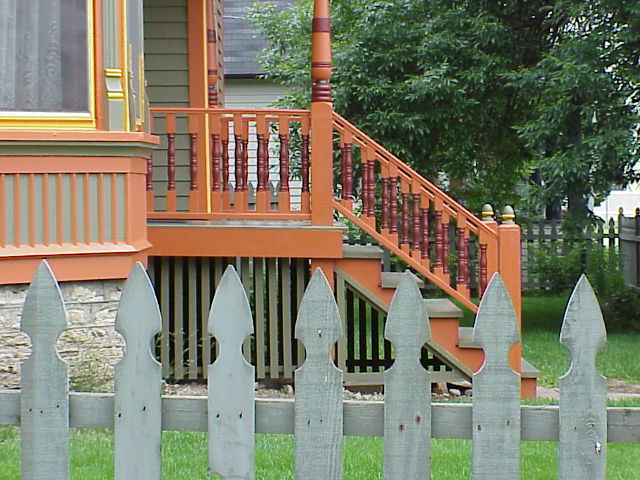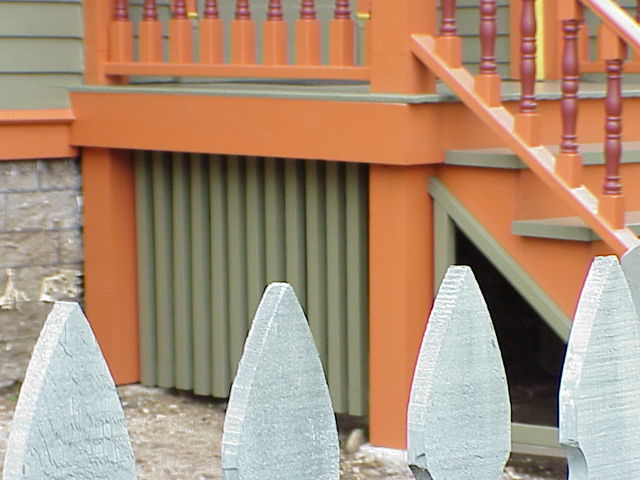254 VILLA STREET
HISTORIC SIGNIFICANCE
The Gifford family has grand prominence in the annals of Elgin’s history. Elgin was founded in 1835 by James T. and Hezekiah Gifford. Abel D. Gifford came to Elgin later than his brothers, relocating here 3 years after its founding, in 1837. He purchased over 250 acres of land for a farm which he later bequeathed to his son, Charles. This farm was home to many cows that helped churn Elgin’s prosperous dairy industry.
After retiring from farm life, Abel moved to 254 Villa Street, built in 1889. Abel Gifford was rather prominent in Elgin’s social circles. He was involved in politics, though never ran for any office, he was for a time the director of the Home National Bank and the Home Savings Bank. In a book titled Elgin Today, from 1904, Abel is noted as living with his third wife, his son and daughter. A man ever-faithful to his Baptist Church and its larger teachings, he was a temperate man and was specifically noted in The Biographical Record from 1898 as additionally never partaking in the use of tobacco products.
ARCHITECTURAL SIGNIFICANCE
With the help of Gilbert Turnbull’s designs, 254 Villa Street was completed in 1889. It is a fine example of the Queen Anne style. Replete with a tower at the northwest corner, it showcases the use of decorative elements that help for the exterior to avoid plain wall surfaces.
It exhibits a number of character-defining features including a hipped roof with lower cross gables, spindle work on the porches, decorative elements along all faces of the tower, including brackets below the conical roof with finial, and detailing in the front-facing gable.
TIMELINE OF PREVIOUS OWNERS
Sources: 1989 Heritage Plaque Application; Audio: TextAloud

